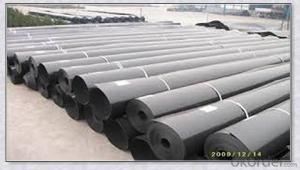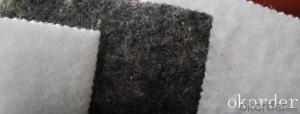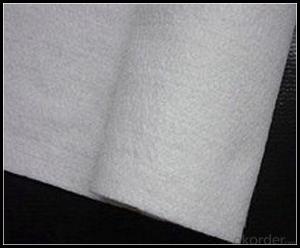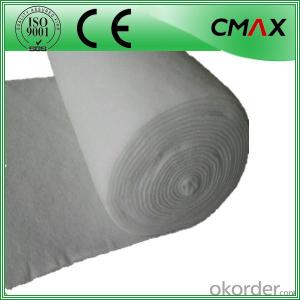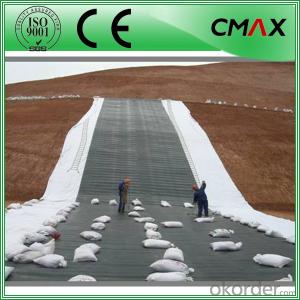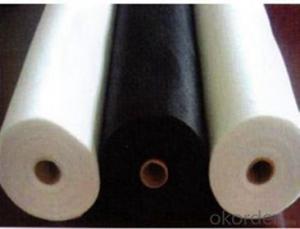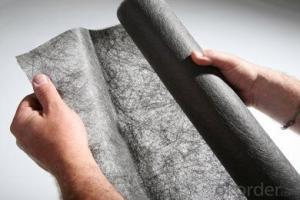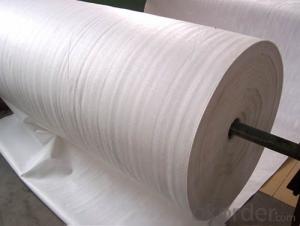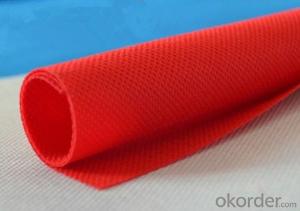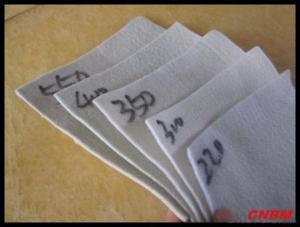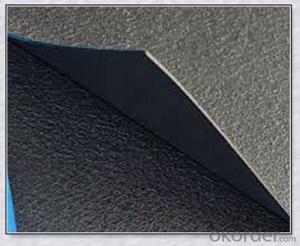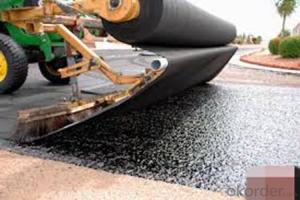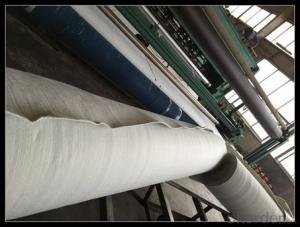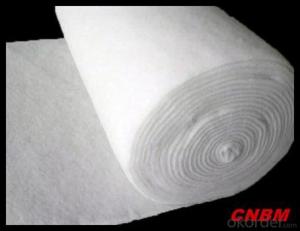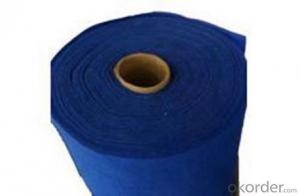All Categories
- - Steel Wire Rod
- - Steel Coils
- - Steel Profiles
- - Steel Pipes
- - Stainless Steel
- - Tinplate
- - Special Steel
- - Steel Sheets
- - Steel Rebars
- - Steel Strips
- - Hot Rolled Steel
- - Cold Rolled Steel
- - Pre-painted Steel
- - Seamless Steel Pipe
- - Welded Steel Pipe
- - Hollow Steel Tubes
- - Galvanized Pipe
- - Stainless Steel Coil
- - Stainless Steel Sheet
- - Stainless Steel Plate
- - Stainless Steel Strips
- - Electrolytic Tinplate Coil
- - Electrolytic Tinplate Sheet
- - Stainless Steel Rebars
- - Solar Panels
- - Solar Water Heater
- - Solar Related Products
- - Solar Inverter
- - Solar Cells
- - Solar Light
- - Solar Energy Systems
- - Solar Controllers
- - Solar Mounting System
- - Solar Pump
- - Solar Chargers
- - Fiberglass Chopped Strand
- - Fiberglass Mesh Cloth
- - Composite Pipes
- - FRP Pultrusion Profiles
- - Fiberglass Mat Tissue
- - Fiberglass Fabrics
- - Fiberglass Mesh
- - Composite Tank
- - Fiberglass Mesh tape
- - Polymer
- - FRP Roofing Panel
- - Fiberglass Roving
- - Monolithic Refractories
- - Ceramic Fiber Products
- - Refractory Bricks
- - Raw Materials For Refractory
- - Suspended Platform
- - Cranes
- - Concrete Machinery
- - Earthmoving Machinery
- - Building Hoist
- - Road Building Machinery
- - Plastic Pipe Fittings
- - Plastic Tubes
- - Plastic Sheets
- - Agricultural Plastic Products
- - Plastic Nets
 All Categories
All Categories
Q & A
How do geotextiles help in reducing construction time and costs?
Geotextiles help in reducing construction time and costs by providing various benefits such as erosion control, soil stabilization, and separation of different soil layers. These textiles act as a barrier, preventing the mixing of different soil layers and enhancing the overall stability of the construction site. By mitigating erosion and soil movement, geotextiles reduce the need for extensive excavation and grading, saving time and money. Additionally, their high permeability allows for efficient drainage, eliminating the need for costly drainage systems. Overall, geotextiles offer cost-effective solutions for construction projects by enhancing efficiency, minimizing maintenance, and extending the lifespan of the structures.
What are the different geotextile installation guidelines for high water table conditions?
In high water table conditions, geotextile installation guidelines typically involve ensuring proper drainage and preventing water buildup. Some key recommendations include installing a robust drainage system, using geotextiles with high permeability to allow water to pass through, and utilizing proper anchoring techniques to secure the geotextile in place. Additionally, it is essential to regularly monitor the water table levels and make necessary adjustments to the installation if needed.
What are the geotextile requirements for stormwater management systems?
The geotextile requirements for stormwater management systems include the need for high tensile strength, durability, and resistance to UV degradation. They should also have excellent filtration and drainage properties to prevent clogging and maintain the flow of water. Additionally, geotextiles used in stormwater management systems should be able to withstand different site conditions and be compatible with various construction materials.
What are the different types of geotextiles?
There are several types of geotextiles, including woven geotextiles, non-woven geotextiles, and knitted geotextiles. Woven geotextiles are made by weaving synthetic fibers together, providing strength and stability. Non-woven geotextiles are manufactured by bonding fibers together, creating a fabric with filtration and separation properties. Knitted geotextiles are produced by interlocking yarns, offering flexibility and drainage capabilities. These different types of geotextiles are used for various applications in civil engineering, construction, and environmental projects.
Wholesale Geotextiles from supplier in Chad
With our strong network and resources as a subsidiary of CNBM, we can ensure consistent and timely supply of Geotextiles to Chad. Our team is well-versed in the local regulations and requirements, ensuring compliance and seamless procurement processes.
We understand that each project is unique, and we take the time to understand your specific needs and provide tailored solutions. Our experts can assist you in selecting the right Geotextiles for your applications, considering factors such as soil conditions, project specifications, and budget constraints.
In addition to our product offerings, we also provide technical support and guidance throughout your project. Our team can assist with installation techniques, project management, and troubleshooting, ensuring smooth implementation and optimal performance of the Geotextiles.
Customer satisfaction is our top priority, and we strive to build long-term relationships based on trust and reliability. Our commitment to excellence is reflected in the quality of our products, the professionalism of our services, and our dedication to meeting deadlines.
Choose us as your Geotextiles supplier in Chad and experience the benefits of partnering with a reputable and experienced company. Contact us today to discuss your Geotextiles requirements and let us assist you in achieving success in your projects.
We understand that each project is unique, and we take the time to understand your specific needs and provide tailored solutions. Our experts can assist you in selecting the right Geotextiles for your applications, considering factors such as soil conditions, project specifications, and budget constraints.
In addition to our product offerings, we also provide technical support and guidance throughout your project. Our team can assist with installation techniques, project management, and troubleshooting, ensuring smooth implementation and optimal performance of the Geotextiles.
Customer satisfaction is our top priority, and we strive to build long-term relationships based on trust and reliability. Our commitment to excellence is reflected in the quality of our products, the professionalism of our services, and our dedication to meeting deadlines.
Choose us as your Geotextiles supplier in Chad and experience the benefits of partnering with a reputable and experienced company. Contact us today to discuss your Geotextiles requirements and let us assist you in achieving success in your projects.
